CYCLE TABLE
The Cycle Table represents an innovative fusion of furniture and exercise equipment, designed to promote physical activity and ergonomic comfort in various settings. This essay explores the Cycle Table in depth, discussing its design principles, functionality, materials, usability considerations, market dynamics, maintenance requirements, and environmental impact.
Design and Functionality of the Cycle Table
The Cycle Table integrates the functionality of a stationary exercise bike with the practicality of a work or dining table, catering to individuals seeking to combine physical activity with everyday tasks.
Design Principles
- Dual Purpose: It is engineered to serve dual purposes—a functional table surface for work or dining and an integrated exercise bike for physical activity. This dual functionality optimizes space utilization and promotes a healthy lifestyle balance.
- Ergonomic Considerations: The design prioritizes ergonomic comfort, featuring adjustable seat heights and table dimensions to accommodate various user heights and preferences. The seating position ensures proper posture during cycling sessions, minimizing strain on the back and joints.
- Materials and Construction: Typically constructed from durable materials such as steel frames and high-quality wood or composite tabletops, the Cycle Table combines sturdiness with aesthetic appeal. The tabletop may incorporate features like non-slip surfaces or ergonomic edges for user convenience.
Functionality
- Exercise Bike Mechanism: It integrates a stationary exercise bike mechanism seamlessly into its base structure. This mechanism includes pedals, a resistance system, and adjustable settings to simulate varying levels of cycling intensity.
- Tabletop Configuration: Depending on the model, the tabletop of the Cycle Table may feature adjustable heights, tilt options, or extendable surfaces to accommodate different work or dining preferences. Some models may also include integrated storage compartments or cable management solutions for added functionality.
Usability in Different Settings
It offers versatile usability in a variety of settings, catering to both residential and commercial environments where health-conscious individuals prioritize physical activity without compromising productivity or social interactions.
Residential Use
- Home Office: In home office settings, the Cycle Table serves as a versatile workstation where users can alternate between seated work tasks and cycling sessions to promote physical activity throughout the day.
- Dining Area: In residential dining areas, the Cycle Table transforms meal times into active experiences, allowing users to cycle while enjoying meals with family or friends, thereby integrating exercise into daily routines.
Commercial Use
- Workplace Wellness Programs: Offices and corporate environments may integrate Cycle Tables into workplace wellness programs to encourage employees to stay active during office hours. These tables promote physical well-being and productivity by offering a convenient exercise option within the workspace.
- Hospitality and Fitness Facilities: Hotels, resorts, and fitness centers utilize Cycle Tables in communal areas or guest rooms to provide guests with an interactive and health-focused amenity. This integration enhances guest experience by offering a unique blend of exercise and leisure activities.
Market Analysis and Trends
The market for Cycle Tables reflects evolving consumer preferences towards multifunctional furniture solutions that promote health and well-being while addressing practical needs for workspace or dining environments.
Consumer Preferences
- Health and Fitness Integration: Increasing awareness of sedentary lifestyles and the importance of regular physical activity drive consumer demand for furniture like Cycle Tables that facilitate exercise integration into daily routines.
- Customization and Design: Consumers seek Cycle Tables that align with their aesthetic preferences and functional requirements. Manufacturers respond by offering customizable options in terms of materials, colors, tabletop configurations, and integrated features.
Competitive Landscape
- Brand Differentiation: Established brands and emerging manufacturers differentiate themselves through innovative design features, technological integrations, and quality craftsmanship that enhance the functionality and appeal of Cycle Tables.
- Market Expansion: The global market for multifunctional furniture, including Cycle Tables, is expanding as manufacturers explore new distribution channels and partnerships to reach diverse consumer demographics seeking versatile and health-conscious home and workplace solutions.
Maintenance Requirements
Maintaining the optimal performance and longevity of Cycle Tables requires adherence to recommended maintenance practices that preserve functionality, safety, and aesthetic appeal over time.
Maintenance Practices
- Regular Cleaning: Routine cleaning of tabletop surfaces, bike components, and structural elements prevents dust buildup and maintains hygiene standards. Manufacturers typically provide guidelines on suitable cleaning agents and techniques.
- Mechanical Inspections: Periodic inspections of bike mechanisms, pedals, resistance systems, and height adjustment features ensure smooth operation and identify any potential issues requiring adjustment, lubrication, or repair.
- Tabletop Care: Depending on the material, tabletops may require specific care routines such as polishing, sealing, or conditioning to preserve their appearance and durability. Proper care extends the lifespan of Cycle Tables and enhances user satisfaction.
Environmental Impact and Sustainability
The environmental impact of Cycle Tables encompasses considerations related to material sourcing, manufacturing processes, energy consumption, and end-of-life disposal or recycling practices.
Sustainable Practices
- Material Selection: Manufacturers prioritize sustainable materials such as responsibly sourced wood, recycled metals, and eco-friendly composites in Cycle Table construction to reduce environmental footprint and promote resource conservation.
- Energy Efficiency: Energy-efficient production techniques and facilities minimize carbon emissions and energy consumption during the manufacturing process, aligning with global sustainability goals and industry standards.
- Lifecycle Management: End-of-life considerations include designing Cycle Tables for disassembly to facilitate component recycling or responsible disposal. Manufacturers may implement take-back programs or partner with recycling facilities to manage product waste effectively.
Conclusion
In conclusion, it represents a pioneering solution in multifunctional furniture design, seamlessly blending the benefits of an exercise bike with the practicality of a work or dining table. Its ergonomic design, versatile usability, and integration into residential and commercial environments highlight its appeal to health-conscious consumers seeking innovative ways to incorporate physical activity into daily routines.
Looking forward, the Cycle Table continues to evolve in response to consumer demand for customizable, sustainable, and technologically advanced furniture solutions. By prioritizing functionality, comfort, and environmental responsibility, Cycle Tables play a pivotal role in shaping modern living and workspaces where health and productivity intersect seamlessly.







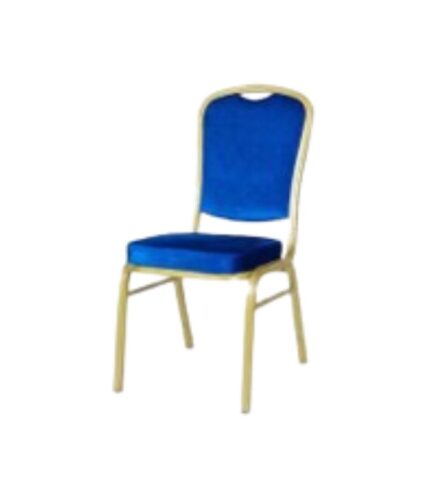
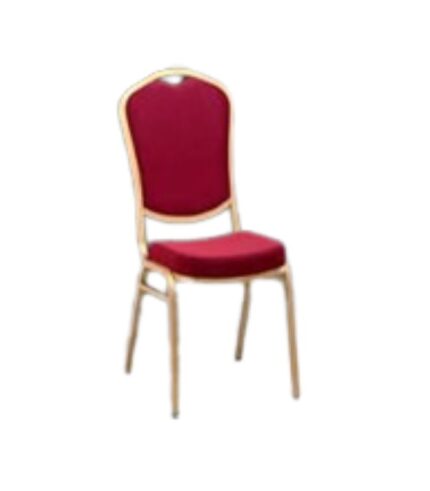
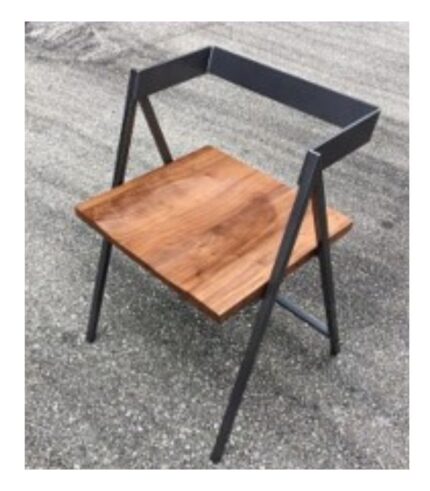

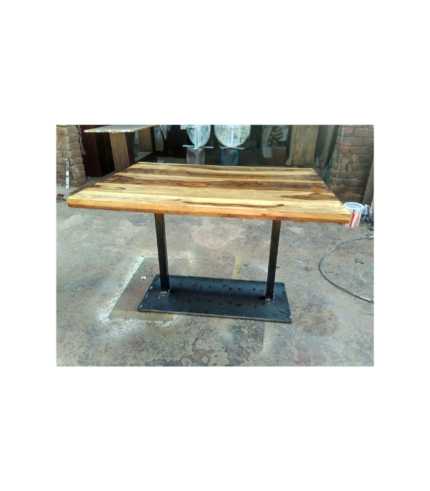
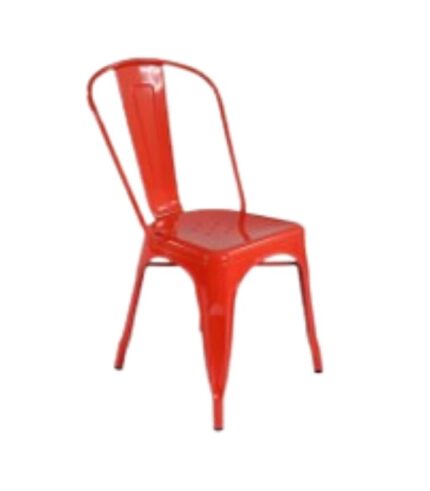
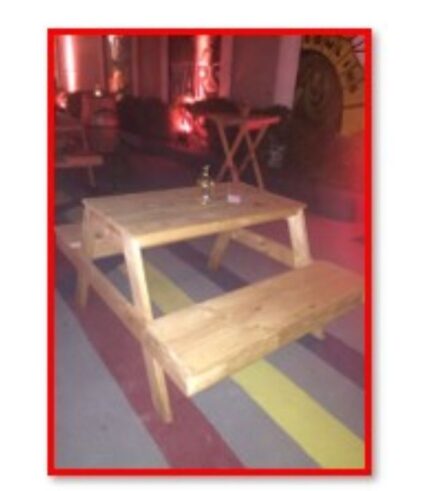










Reviews
There are no reviews yet.